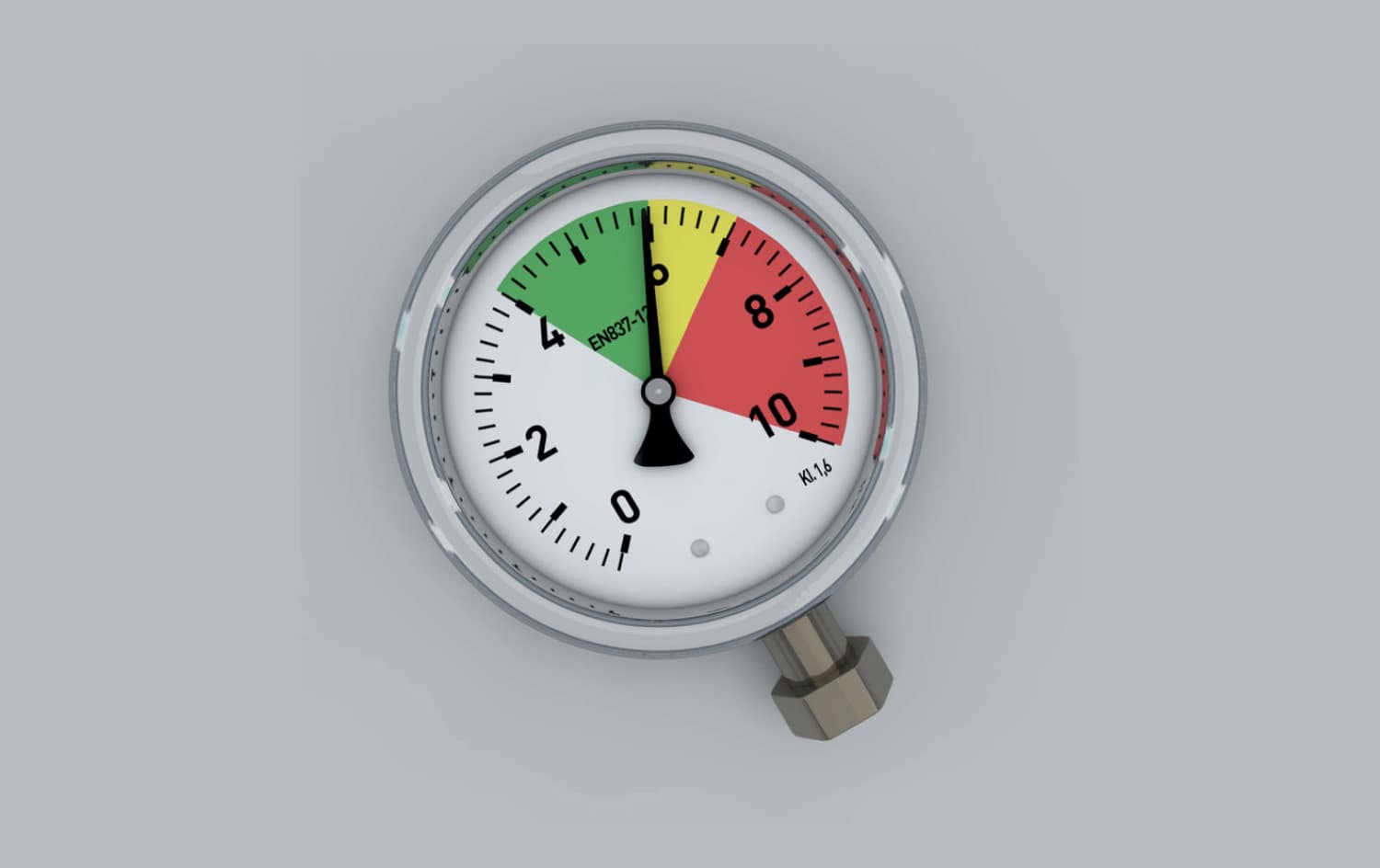
The batteries inside a UPS have a limited lifespan of 3 to 5 years when operating under controlled, protected conditions.
Here are, however, the practices and steps you can take to extend the life of your UPS battery; The most important is to examine the environment where you intend to verify that the life cycle of your UPS will be maximized.
The location of the UPS unit, the temperature, humidity and the frequency of power cycles are three key factors for the proper life of the UPS and its batteries. Below are some simple tips to ensure that you maximize the performance of your battery.
Location of the UPS unit
The UPS unit should not be placed close to sensitive equipment or areas with high levels of humidity. The environment should be clean from dust and corrosive substances. Also, the openings around the UPS should not be blocked, as this affects the airflow and increases the temperature of the unit.
Temperature
Based on technical specifications, most UPS systems have a recommended operating temperature range of 0°C-40°C. However, the ideal environment requires constant temperature, as its fluctuation can negatively affect the performance of the UPS. Specified temperature ranges, promote consistent conditions, providing ideal conditions for the UPS, where temperature fluctuations range from 15°C to 25°C. A general rule that should always be followed is that for every 10°C above 25°C, the lifespan of the UPS and its battery is reduced by 50%.
Discharge cycle
After a power outage, the UPS automatically supplies power to the connected devices from the central battery. With the central power supply disabled, the UPS draws energy from the battery, so it is always good practice to maintain it in a suitable environment. This process is known as the battery discharge cycle. The most important thing is to extend the life cycle of the battery.
Given that the battery's performance is directly related to the operation of a UPS, it is important to be aware of this, so as to anticipate potential failures and not affect the discharge cycle. The parallel battery packs require attention, because UPSs with a longer battery life are those that undergo proper maintenance and support to ensure they last longer. The proper maintenance of the batteries is simple and the only thing required from the user after the full hours is a scheduled maintenance for their maintenance.
For any questions or queries you may contact Tescom Hellas specialists to assist you.



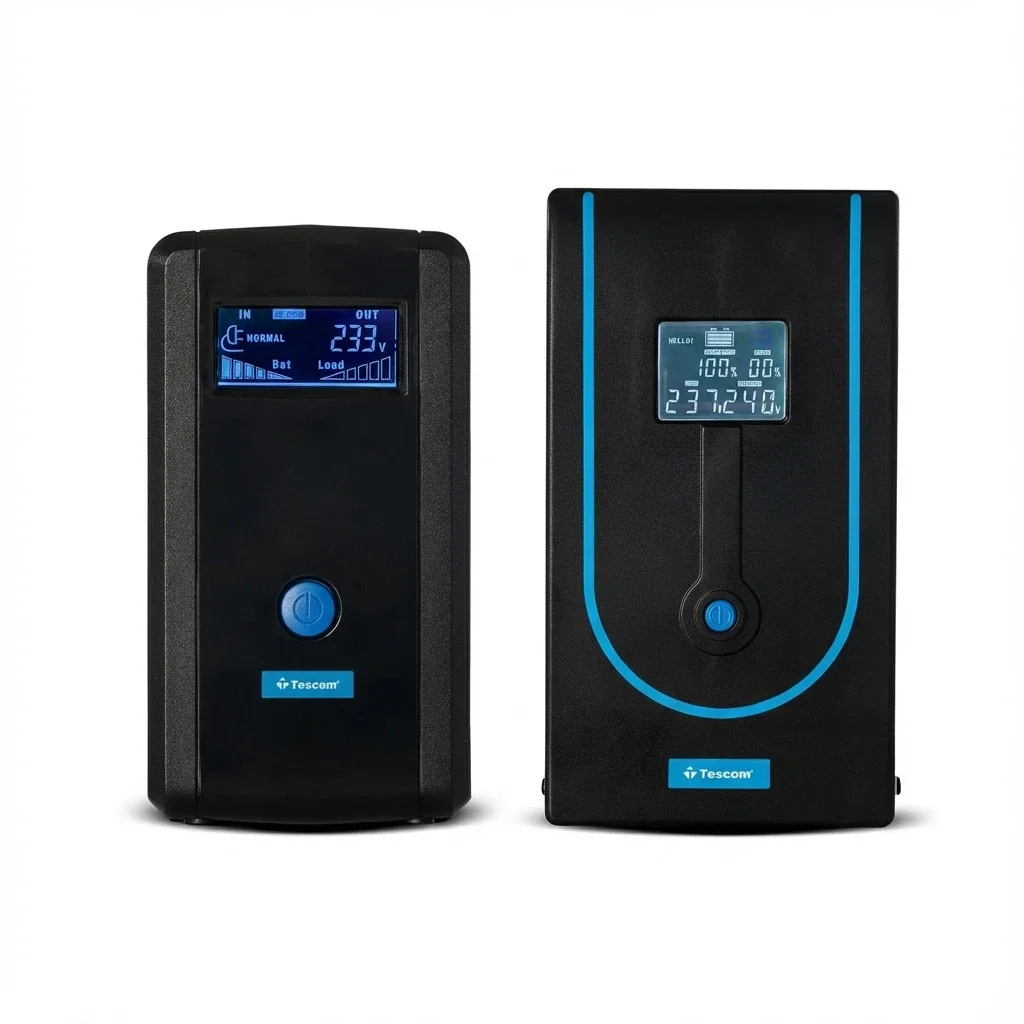 LEO LCD
LEO LCD

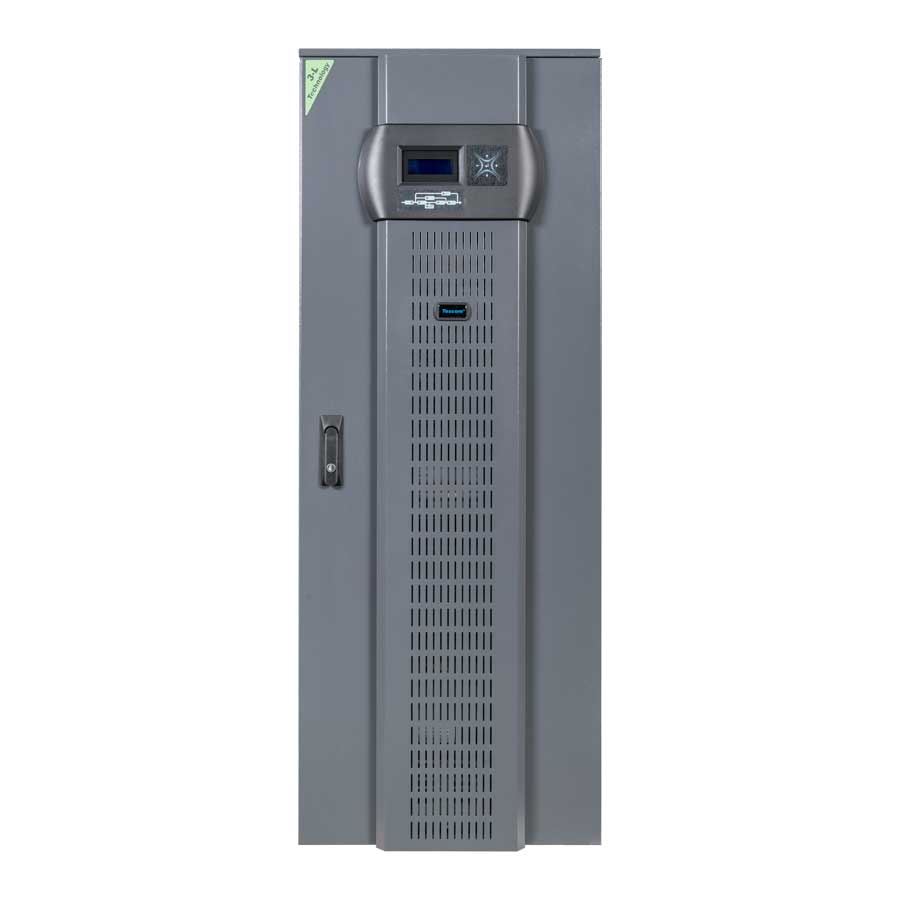 DS 300 H/HB
DS 300 H/HB
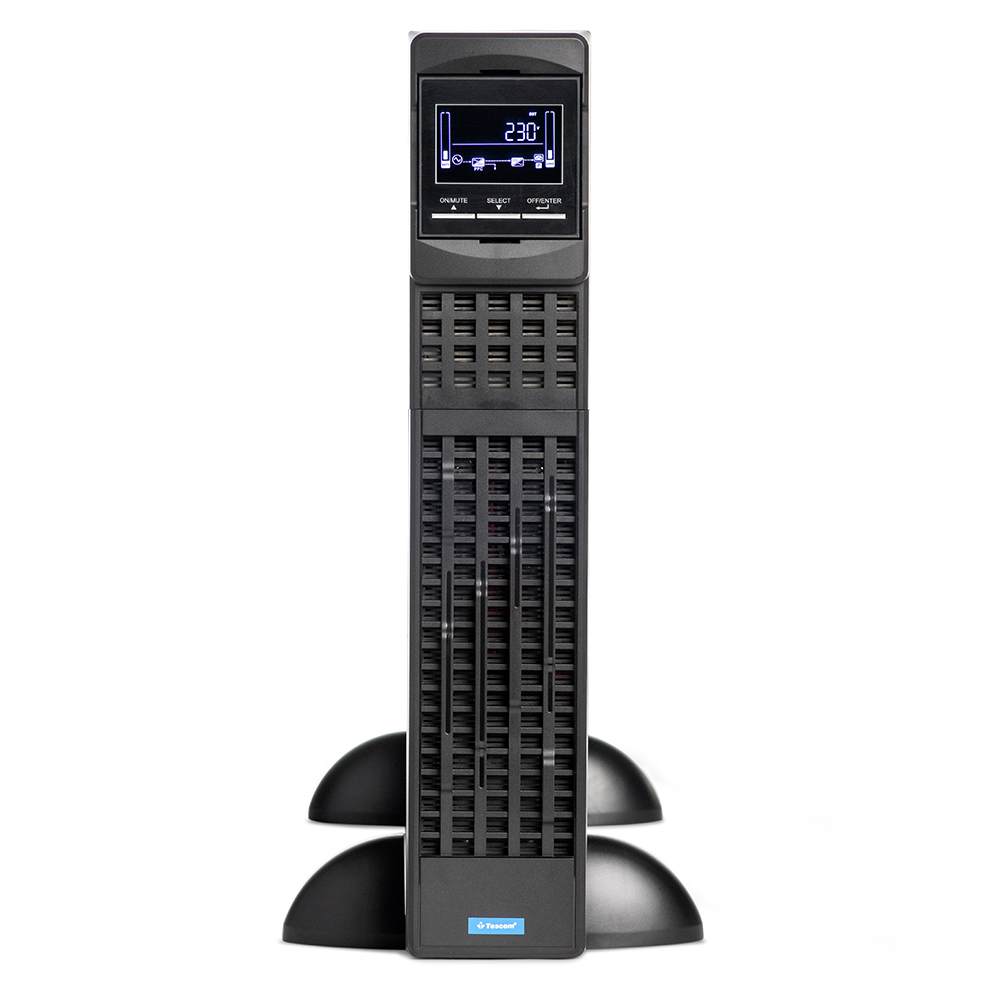 PRIME PLUS
PRIME PLUS
 NEOLINE
NEOLINE
 DS 300 SH/SHB
DS 300 SH/SHB
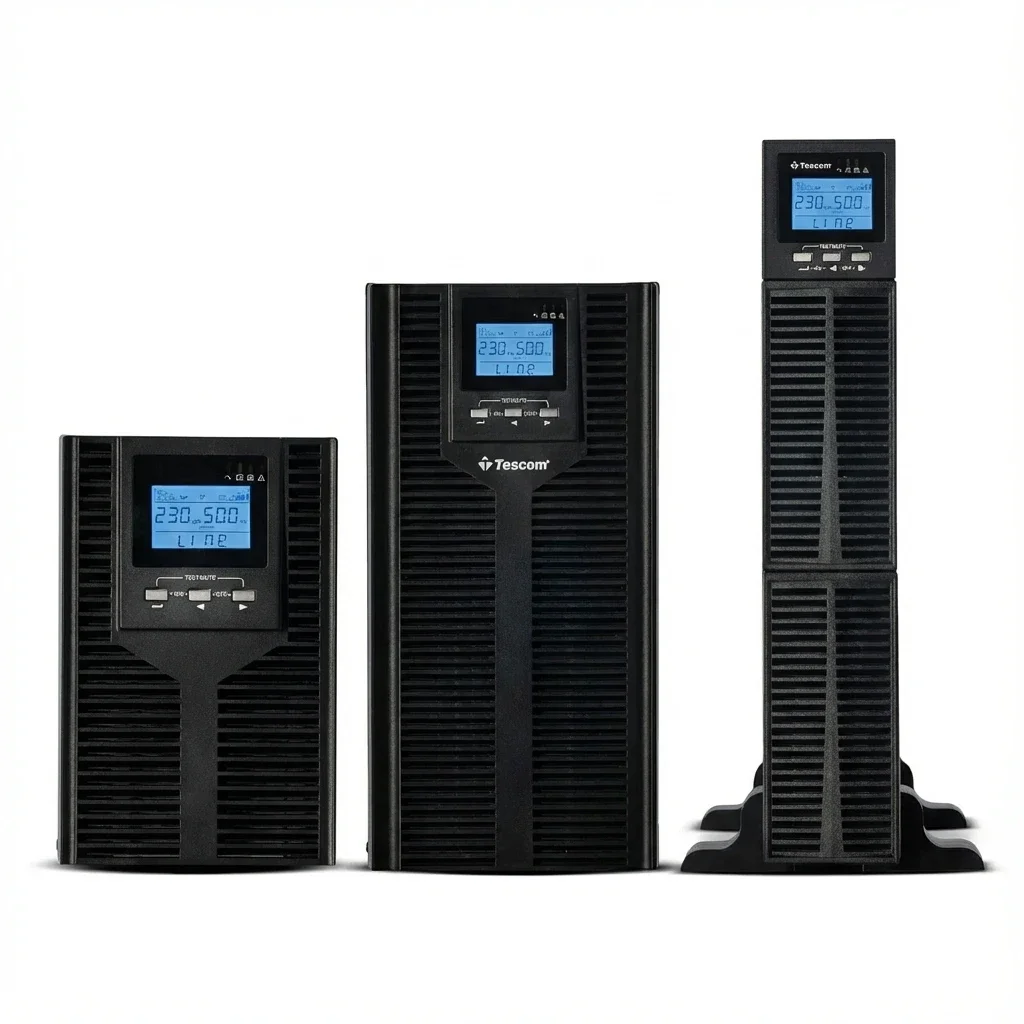 PRIME
PRIME
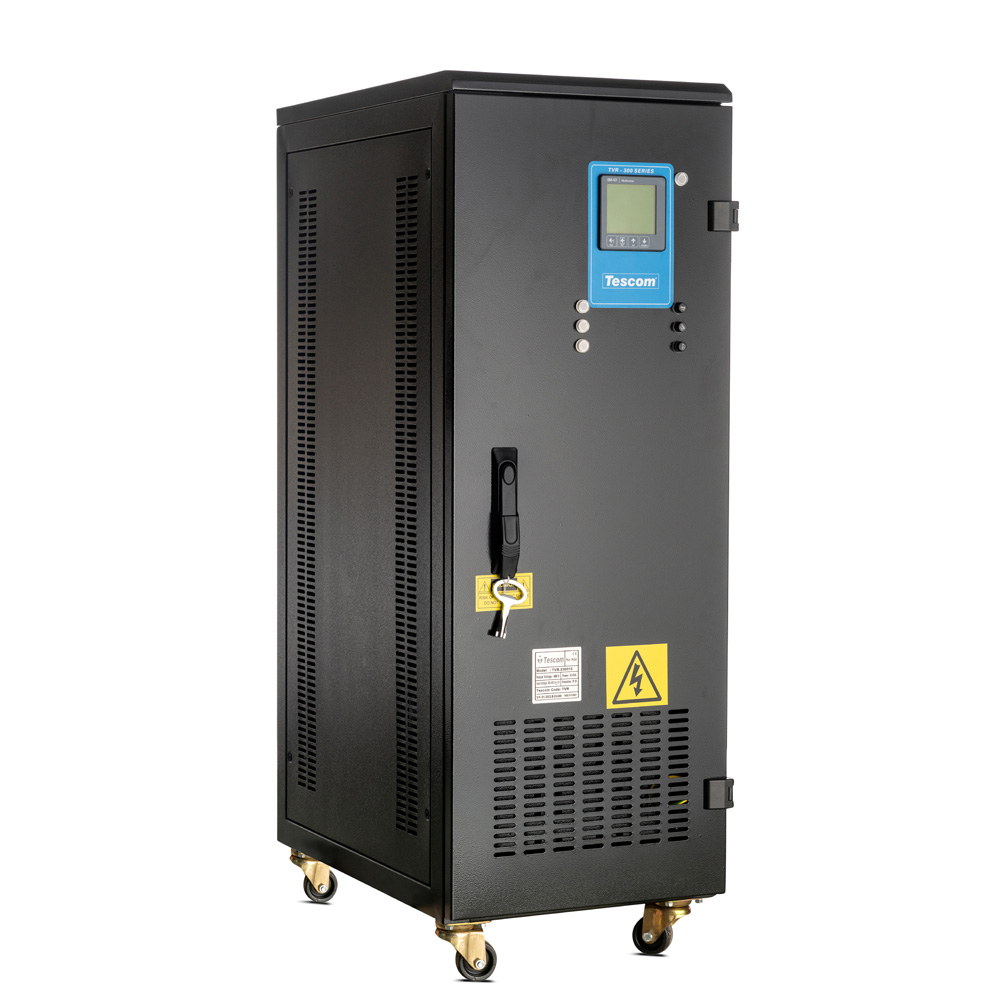 AVR 33
AVR 33
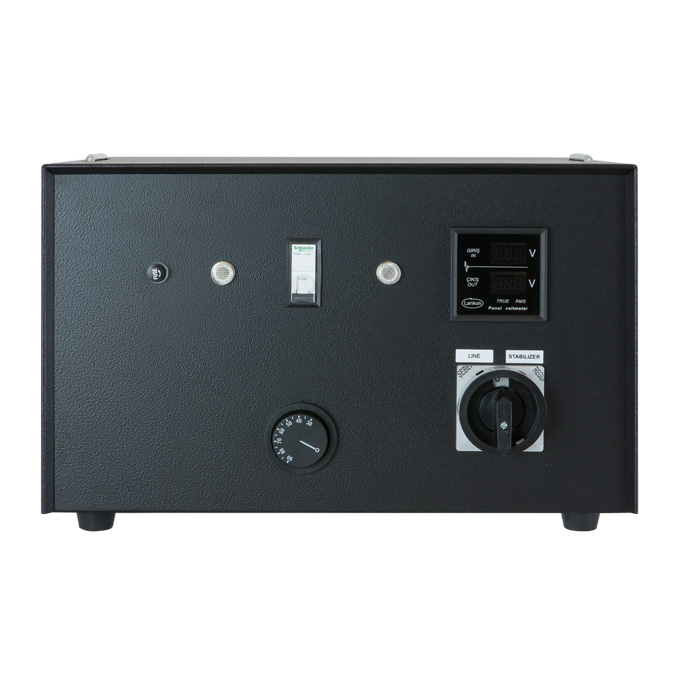 AVR 11
AVR 11
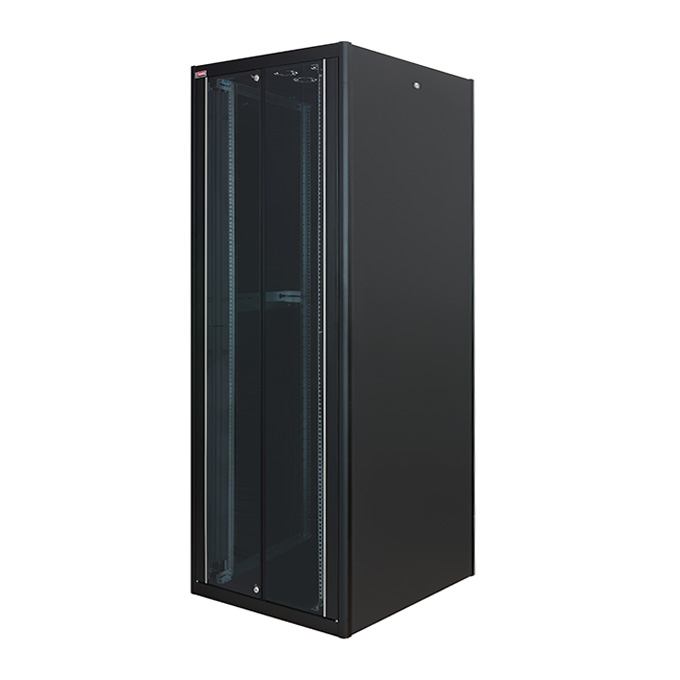 DYNAMIC BASIC
DYNAMIC BASIC
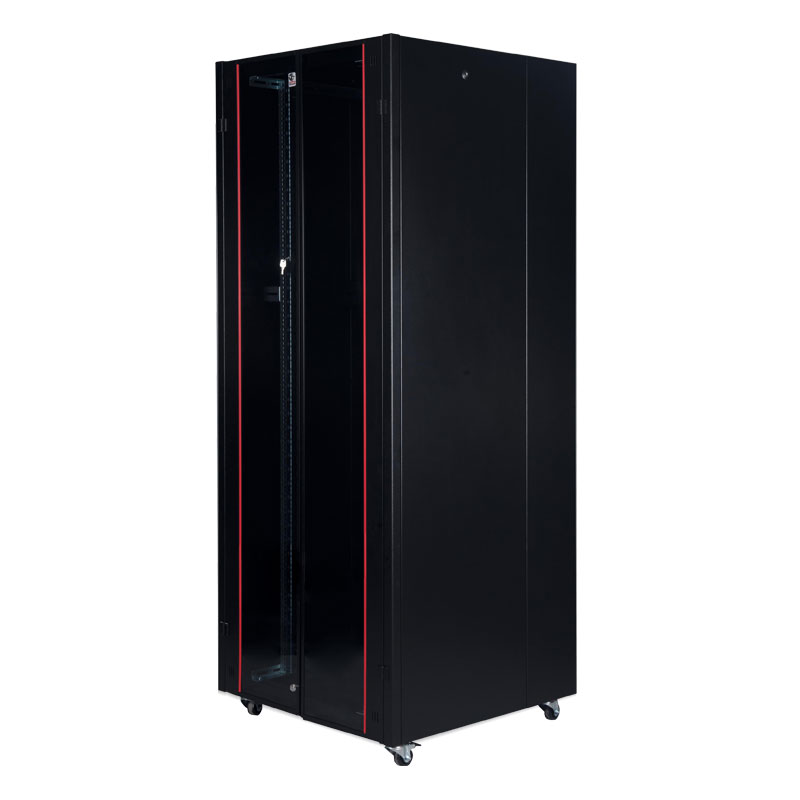 HYPERLINE
HYPERLINE
 DYNAMAX
DYNAMAX
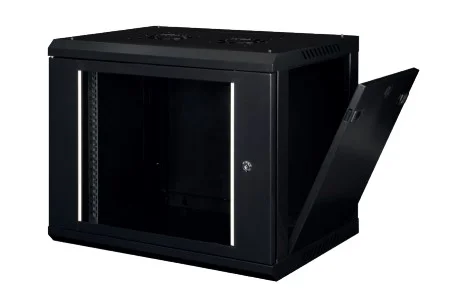
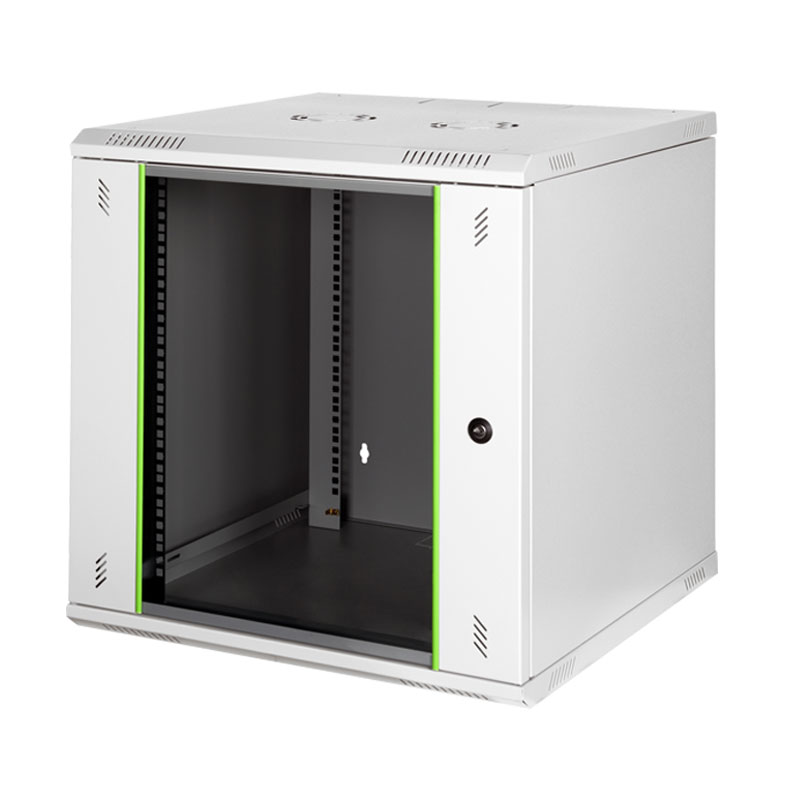 PROLINE B
PROLINE B
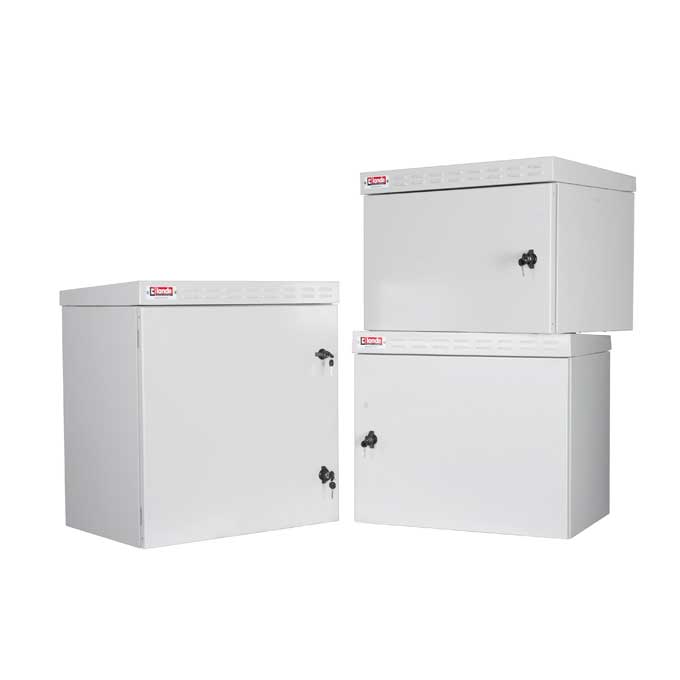 SAFEBOX B IP55 / OUTDOOR
SAFEBOX B IP55 / OUTDOOR
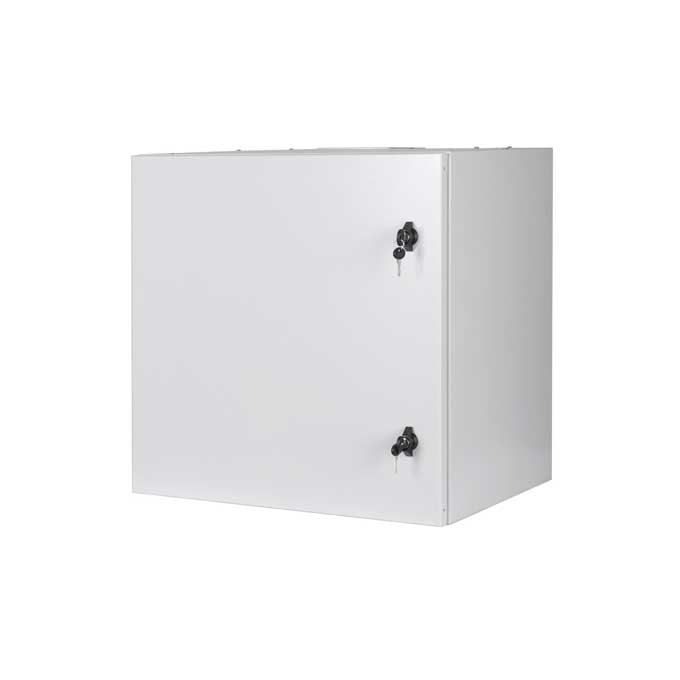 SAFEBOX B IP55 / INDOOR
SAFEBOX B IP55 / INDOOR
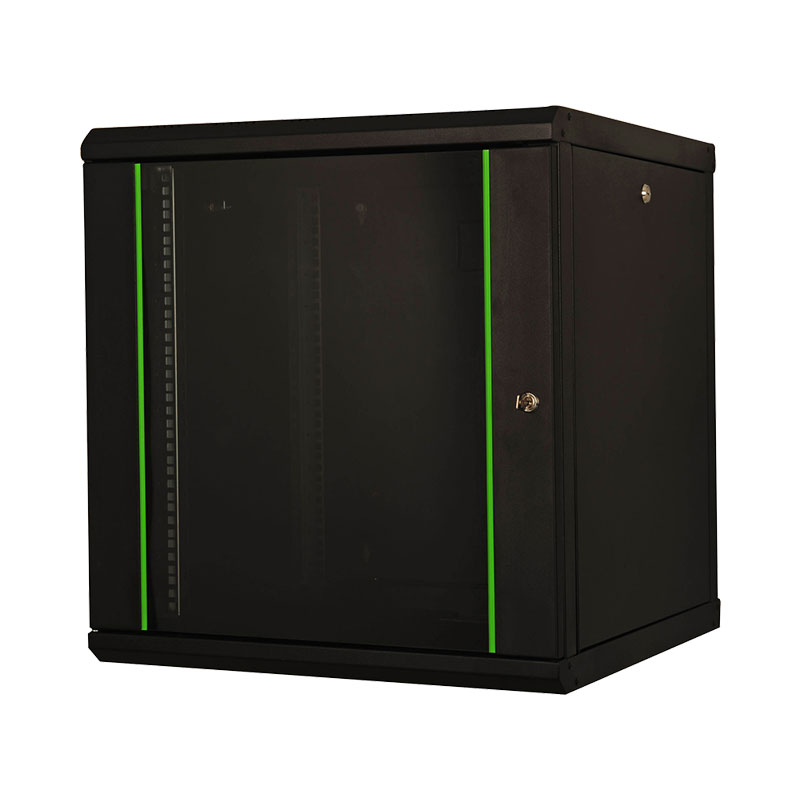 PROLINE
PROLINE
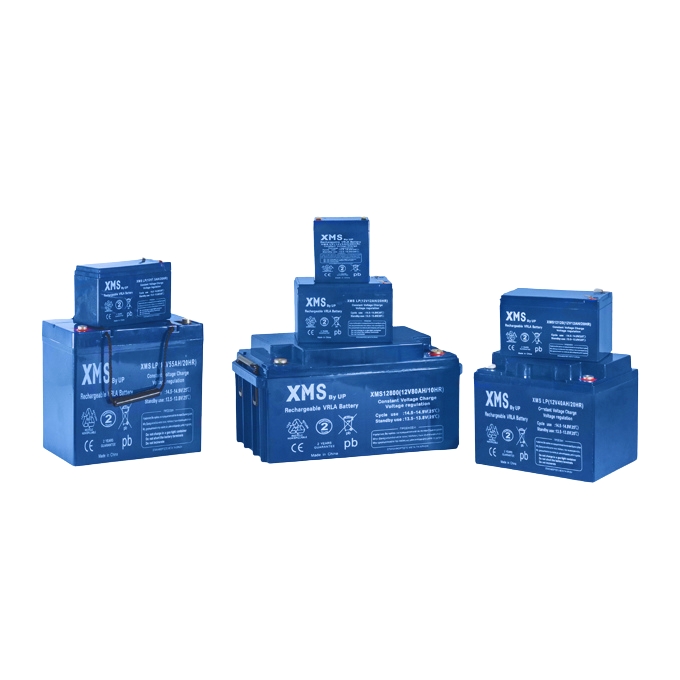 LP
LP
 ES/ESC
ES/ESC
 Connection Symbols
Connection Symbols
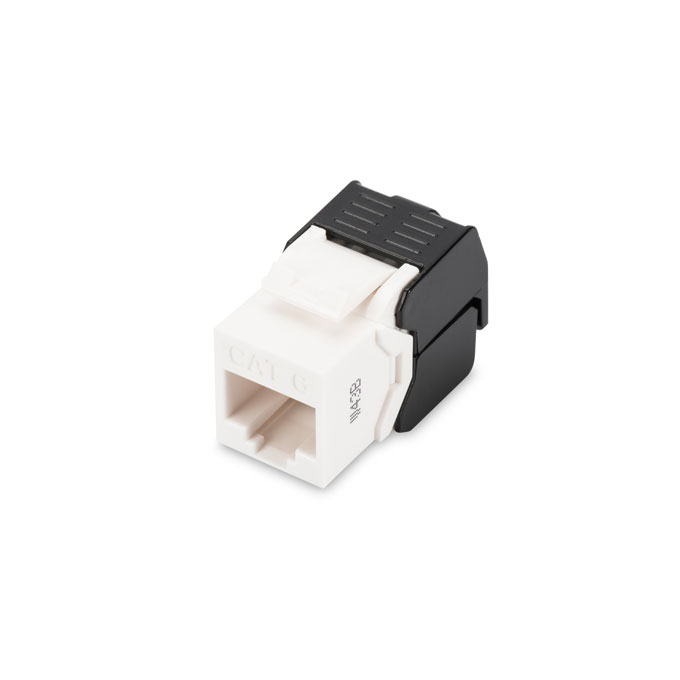 JACK KEYSTONE
JACK KEYSTONE
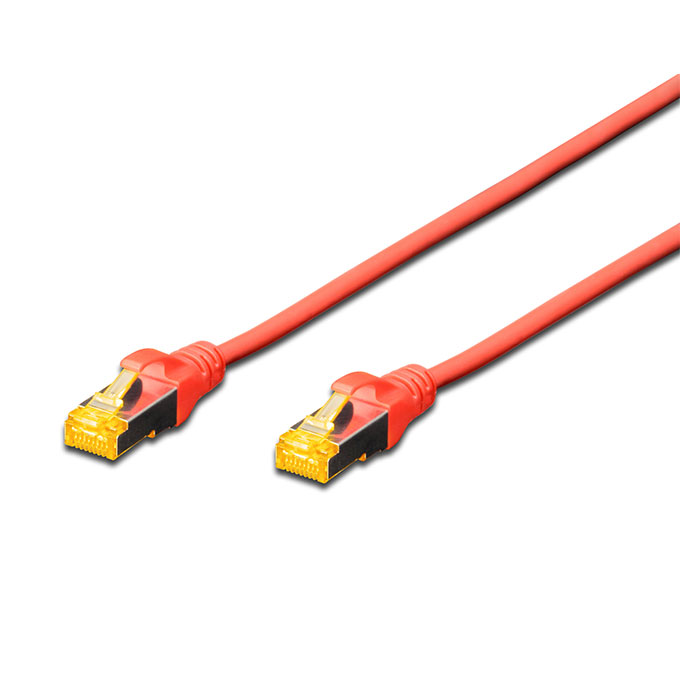 PATCH CORD CAT6A
PATCH CORD CAT6A
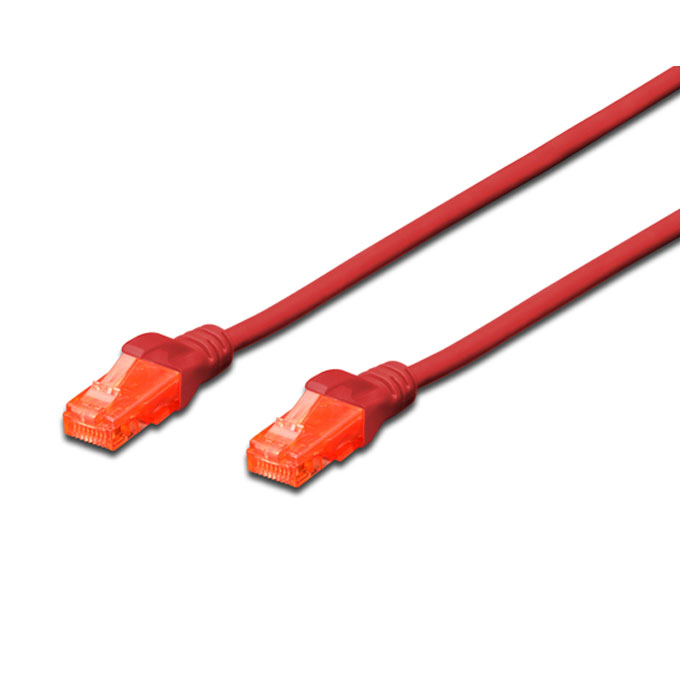 PATCH CORD CAT6
PATCH CORD CAT6
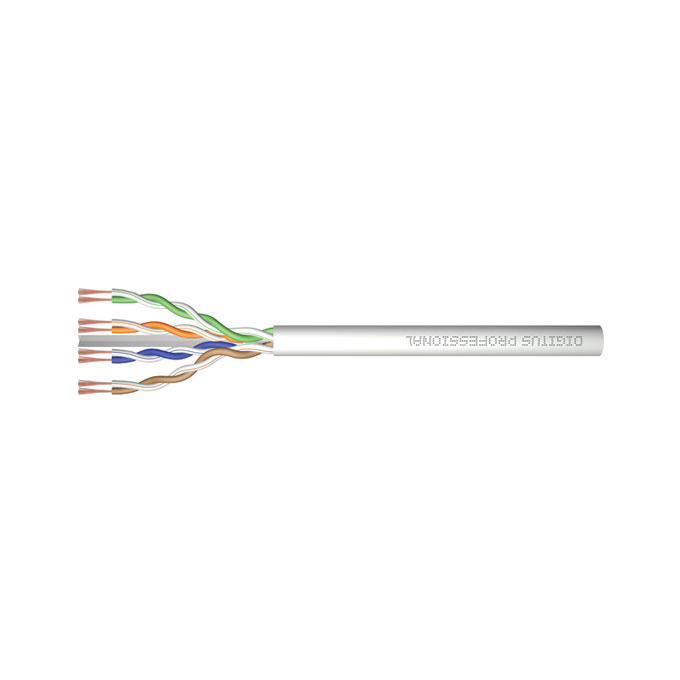 PATCH CABLE RAW
PATCH CABLE RAW
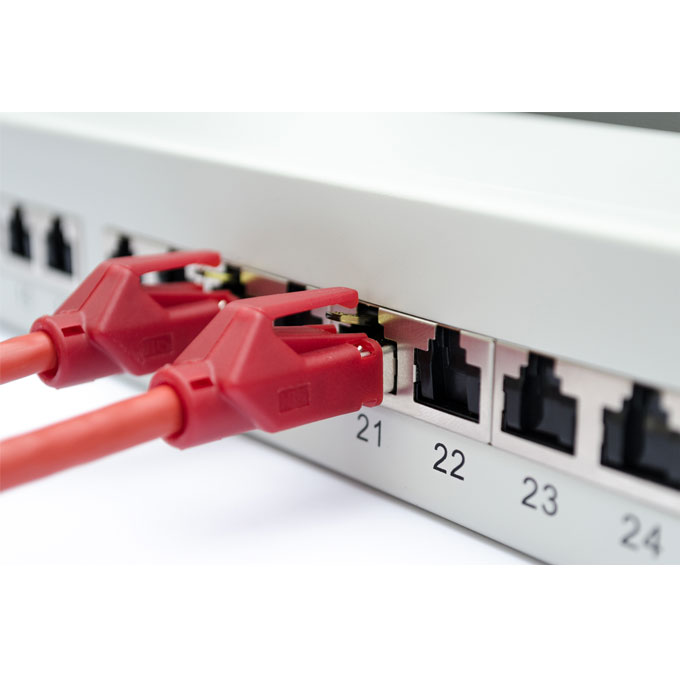 PATCH PANELS
PATCH PANELS
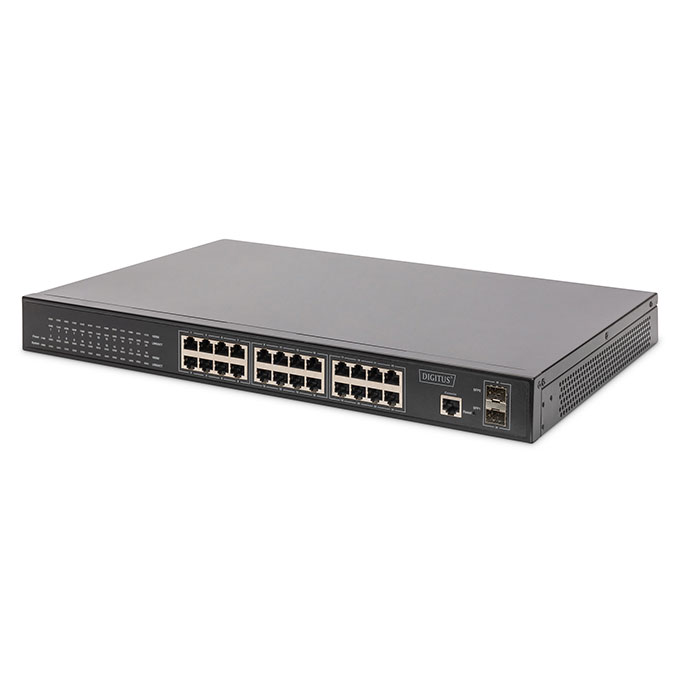 SWITCHES
SWITCHES
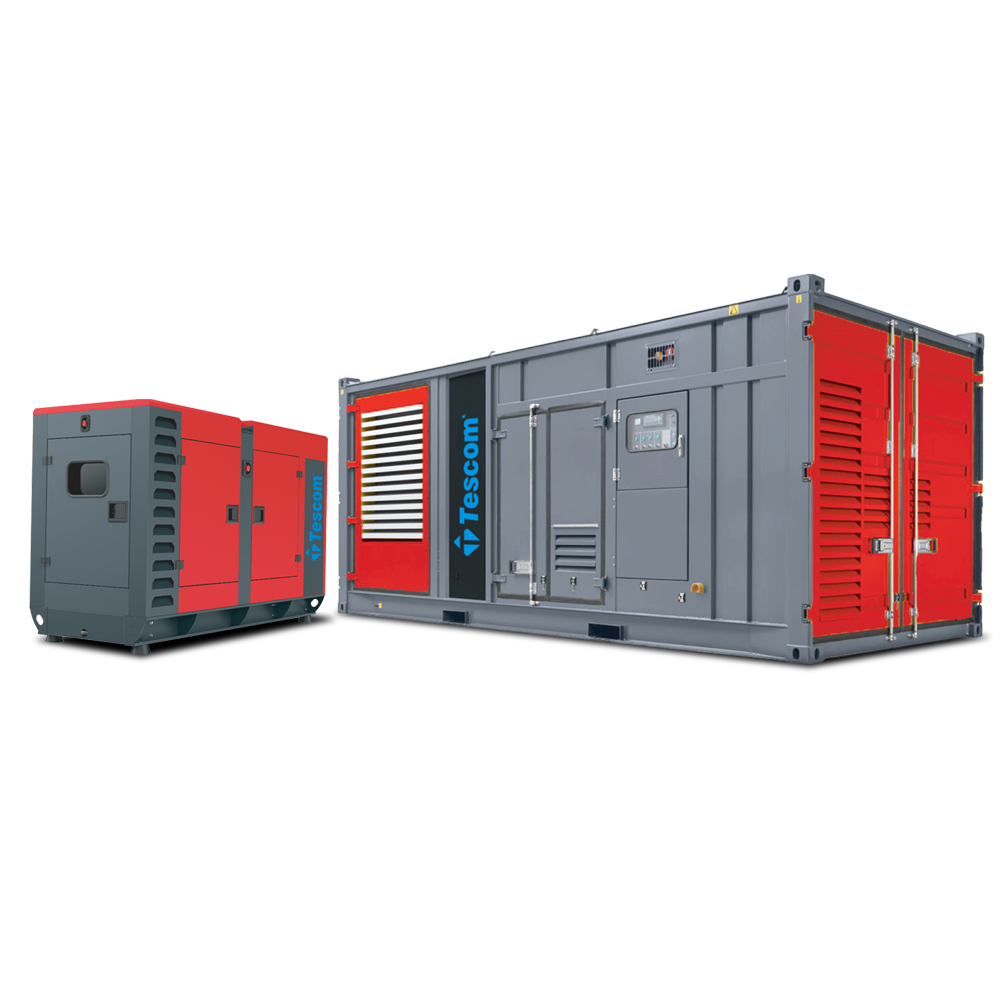 DIESEL / Baudouin
DIESEL / Baudouin
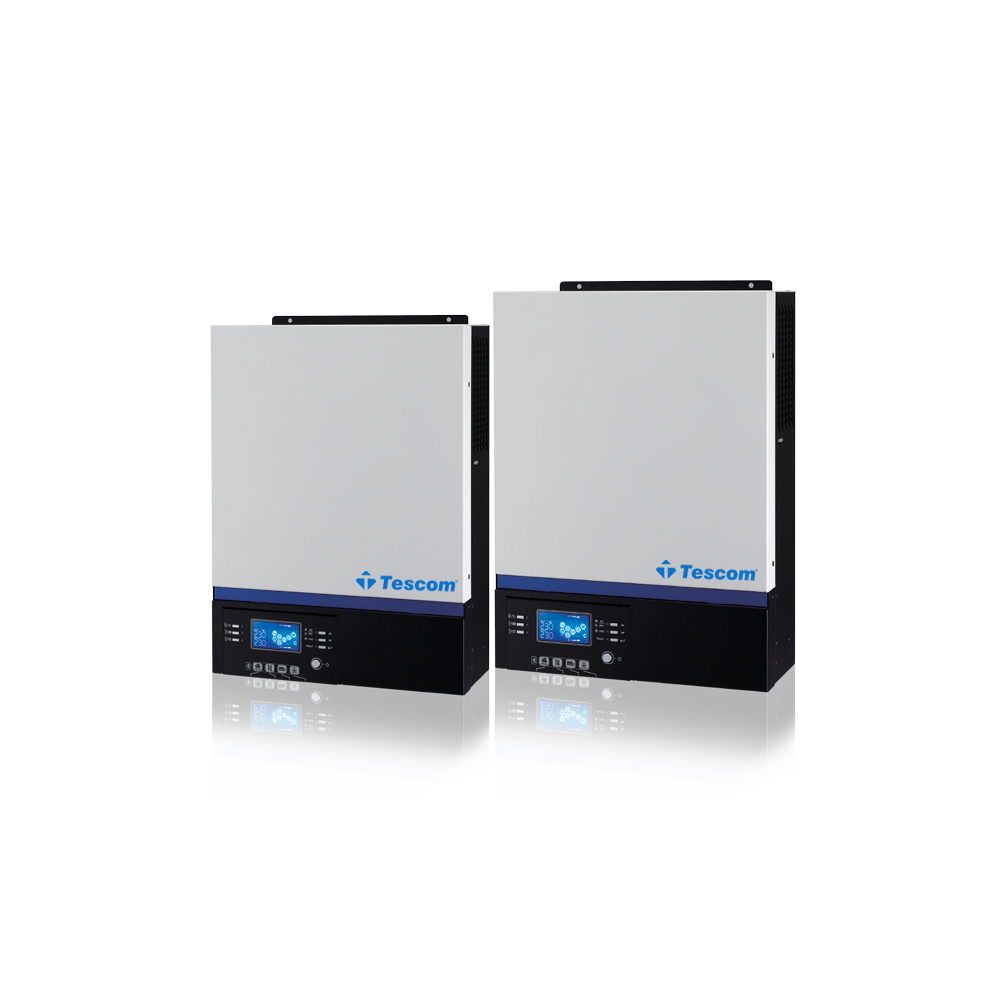 SINGLE PHASE
SINGLE PHASE
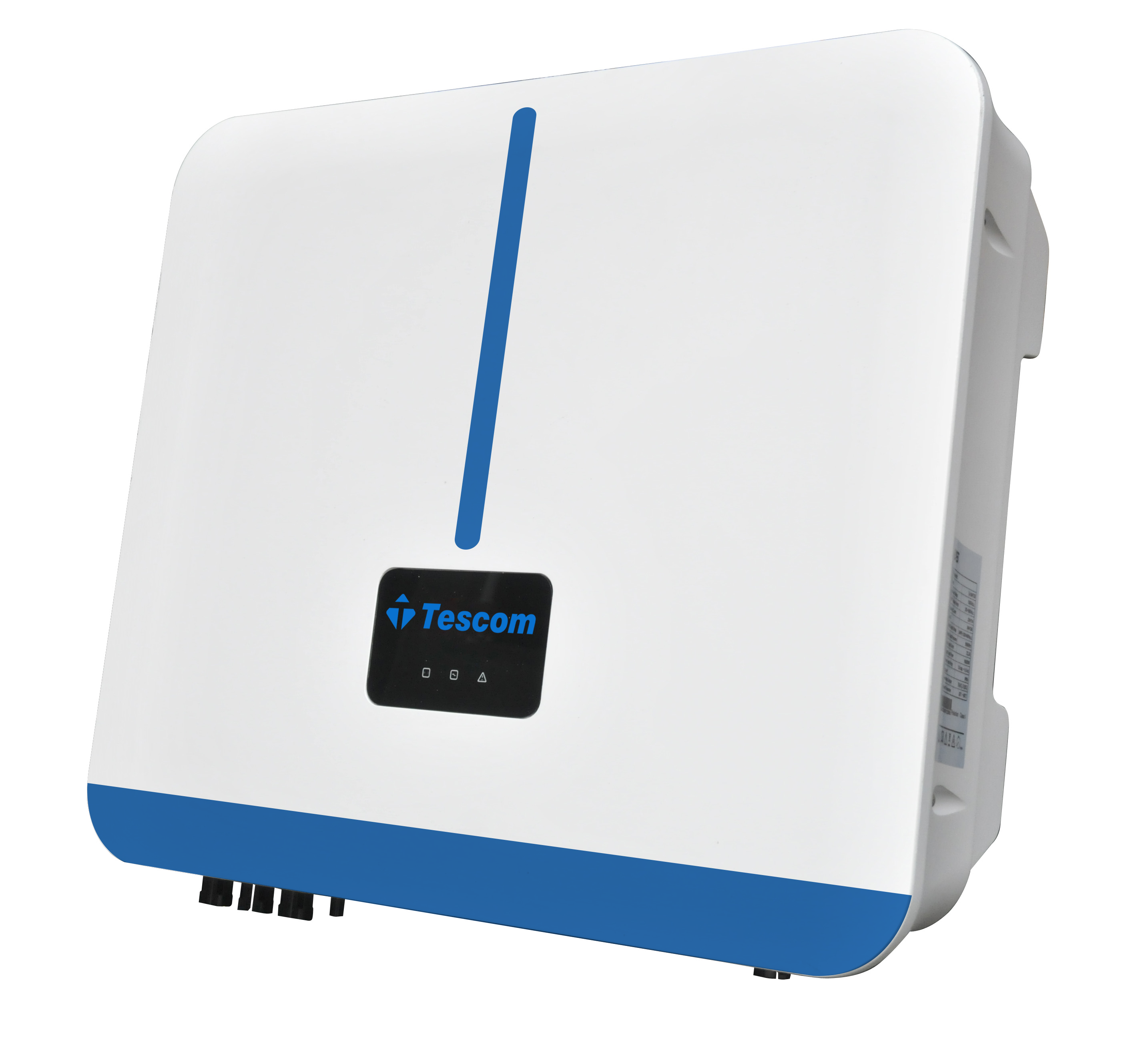 INVERTER 3phase
INVERTER 3phase
 INVERTER 1phase
INVERTER 1phase
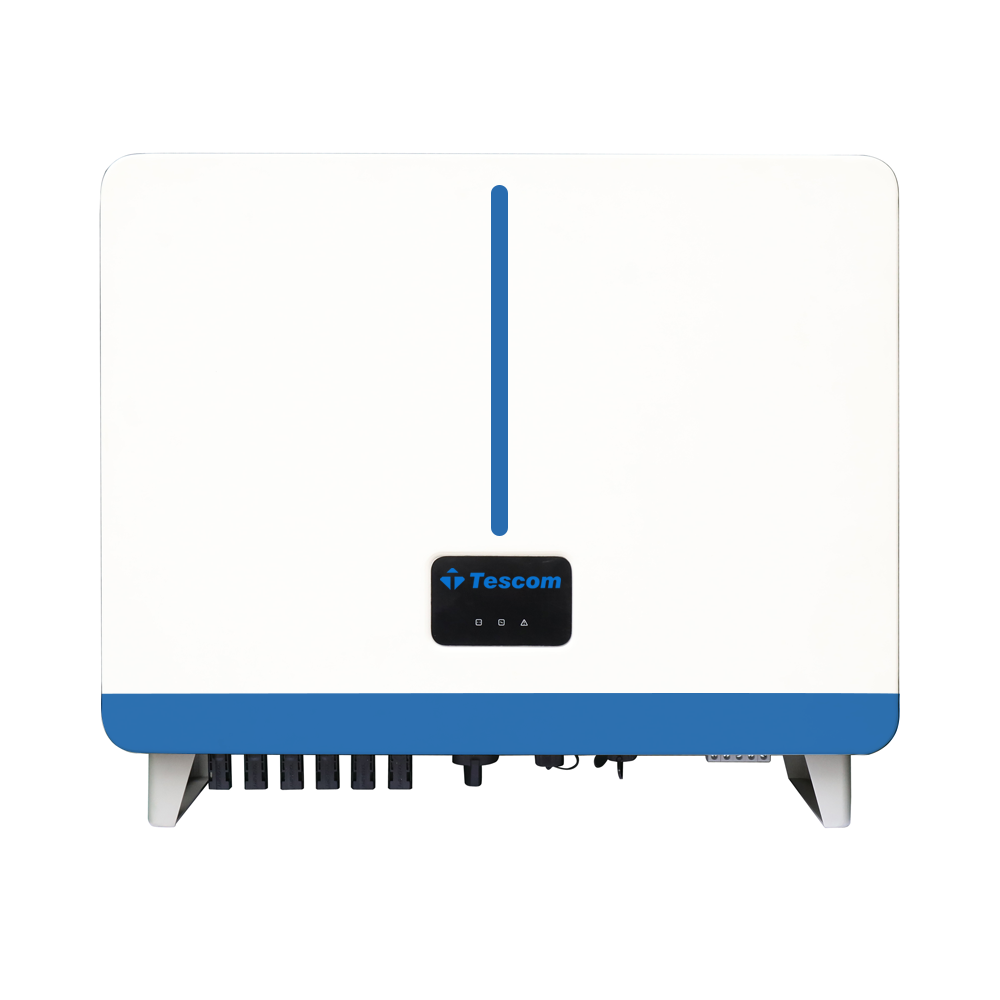 INVERTER Industrial
INVERTER Industrial
 EV CHARGER
EV CHARGER